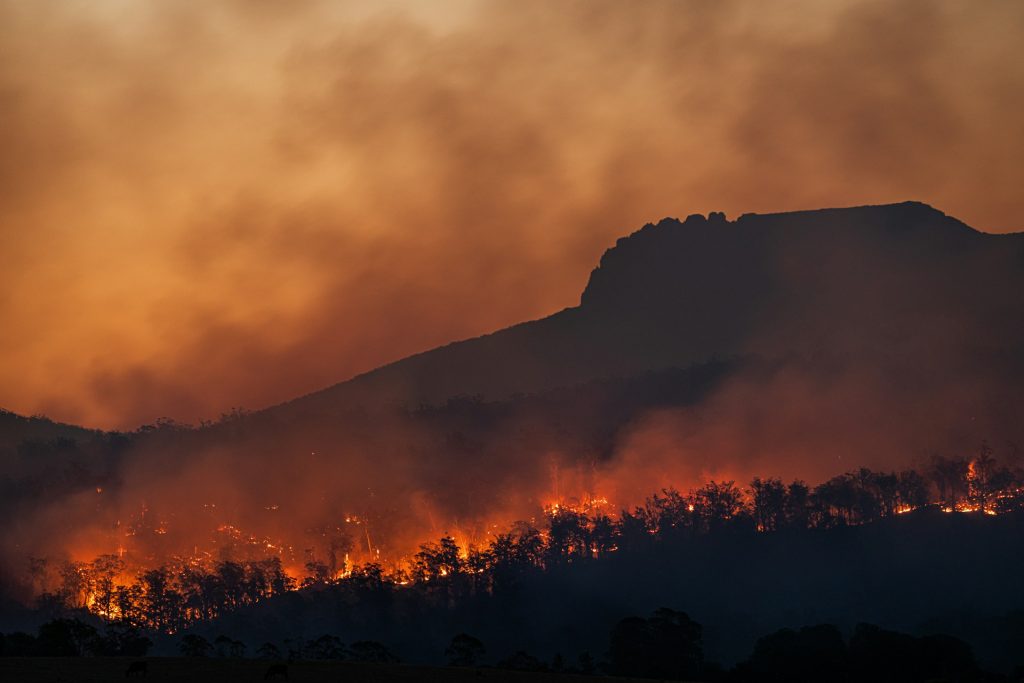As the mercury continues its steady climb, the scorching reality of global warming becomes increasingly difficult to ignore. From record-breaking temperatures to extreme weather events, the signs of Earth’s distress are everywhere. But what exactly is global warming, and how is it disrupting life as we know it?

Understanding the Causes of Global Warming
Global warming is the result of human activities, primarily the burning of fossil fuels like coal, oil, and gas. These activities release greenhouse gases—such as carbon dioxide and methane—into the atmosphere, trapping heat and causing Earth’s temperature to rise.
While carbon dioxide is the most prevalent greenhouse gas, methane is a close contender in terms of potency. Despite its lower concentration, methane’s impact on global warming is substantial, making it a key player in the climate crisis.
The Effects of Global Warming
As our planet continues to heat up, the consequences are far-reaching and multifaceted. From melting polar ice caps to intensifying weather patterns, the effects of global warming are reshaping the world around us.
Polar Meltdown
The Arctic, in particular, is bearing the brunt of our warming planet, with temperatures rising four times faster than the global average. This accelerated warming not only threatens polar wildlife but also disrupts global weather patterns, leading to more frequent and severe extreme weather events.
The Rise of Extreme Weather
With rising temperatures come more extreme precipitation events. As the atmosphere holds increasingly more moisture, the result is a surge in flash floods, devastating hurricanes, and even stronger snowstorms. The unpredictability of these weather phenomena poses a significant challenge for communities worldwide.
Insights from the IPCC Reports
The Intergovernmental Panel on Climate Change (IPCC) regularly releases reports outlining the latest scientific findings on climate change. These reports paint a sobering picture of the future, highlighting the critical need for action to mitigate the impacts of global warming.

Strategies to Combat Global Warming
While the task of limiting global warming may seem daunting, there are tangible steps we can take to address this urgent issue. From transitioning to renewable energy sources to investing in nature-based solutions, the path to a sustainable future requires collective action and innovative solutions.
Powering a Green Revolution
Transitioning away from fossil fuels is essential in reducing greenhouse gas emissions. Embracing renewable energy sources—such as wind and solar power—offers a viable alternative that not only mitigates climate change but also fosters economic growth and energy independence.
The Role of Ecosystem Restoration
Restoring ecosystems—such as forests, wetlands, and oceans—can play a crucial role in sequestering carbon dioxide and mitigating the effects of global warming. By preserving and enhancing natural habitats, we can bolster Earth’s resilience and combat climate change.
Exploring Geoengineering Solutions
Geoengineering technologies, once considered futuristic fantasies, are now gaining traction as potential tools to combat global warming. From solar radiation management to carbon capture and storage, these innovative approaches offer promising avenues for climate intervention.
Adapting to a Changing Climate
As we confront the realities of a warming planet, adaptation becomes paramount. Building resilient infrastructure, implementing sustainable land-use practices, and fostering community preparedness are essential steps in safeguarding against the impacts of global warming.

In the face of unprecedented challenges, it’s clear that addressing global warming requires a concerted effort from governments, businesses, and individuals alike. By working together and embracing innovative solutions, we can chart a course toward a more sustainable and resilient future for generations to come.





